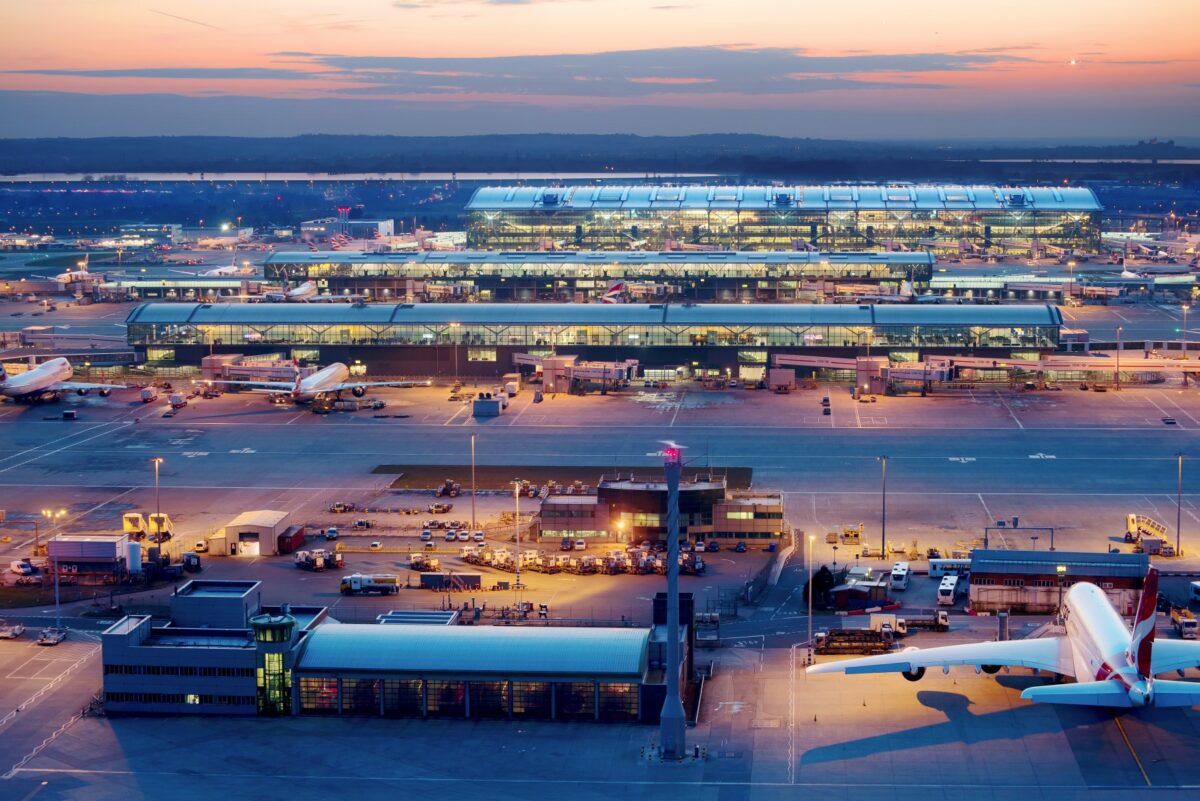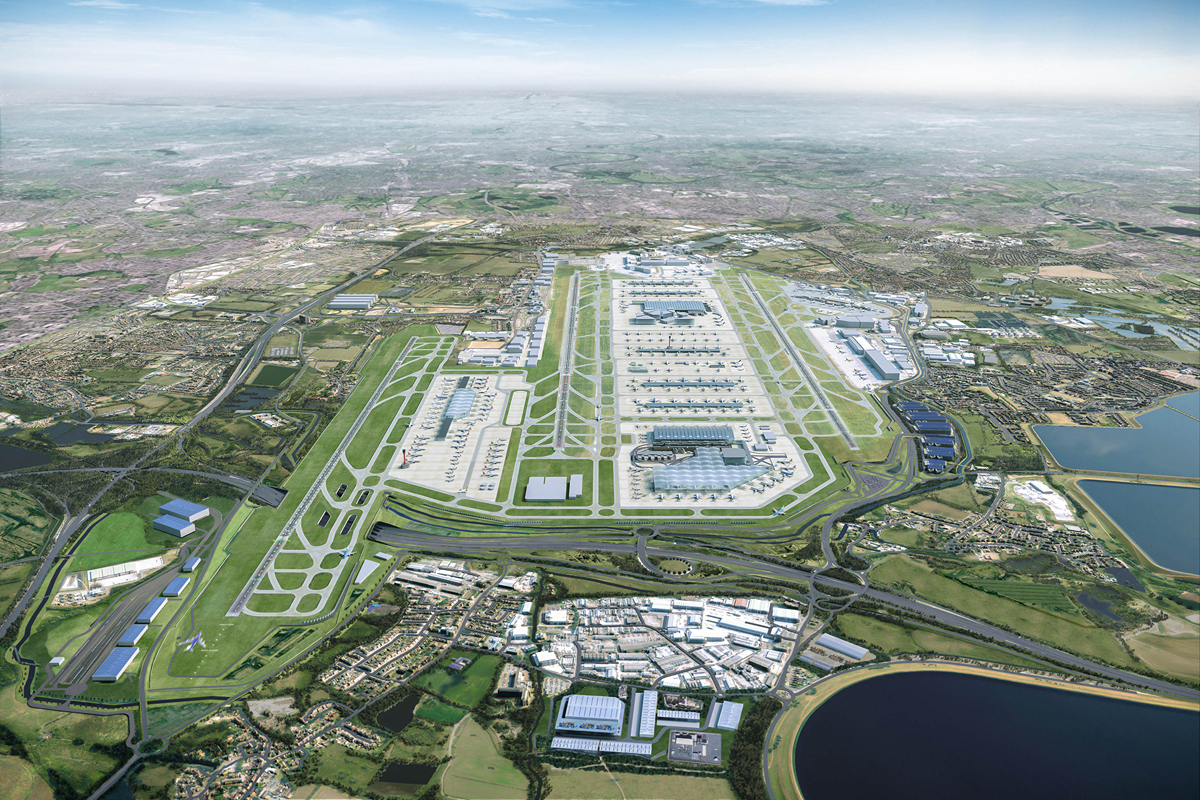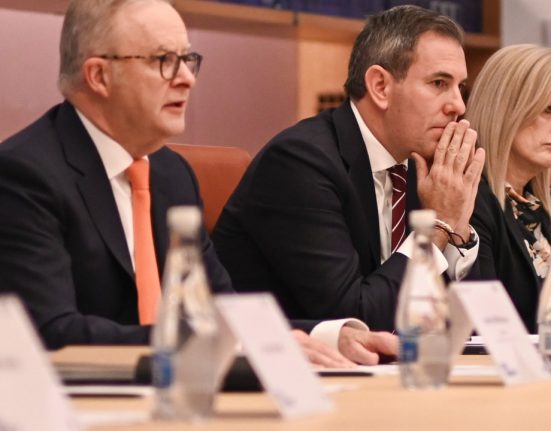London’s principal airport, London-Heathrow (LHR), has announced that it will be investing £10 billion ($13.6bn) to help improve service levels, boost reliability, and unlock growth. For the first time in a decade, Heathrow will also create new terminal space for new lounges, shops, and restaurants within existing terminals using private investment funds.
According to an announcement made on July 11, 2025, the airport’s owners, Heathrow Airport Limited (HAL), said that proposals being submitted to the Civil Aviation Authority (CAA), would also include creating capacity for up to 10 million additional passengers while keeping the airport on track towards net zero.
“Over the past 12 months, we have been working closely with airline partners, including hosting over 120 hours of joint planning and hearing from more than two million passengers to understand what matters most, resulting in a customer-led investment plan which will span from 2027 to 2031,” said HAL in a statement.
“The five-year plan we’re unveiling today is the next plank in our strategy to climb back up the international rankings and be an extraordinary airport, fit for the future. Our plan will deliver on what our customers say matters most to them. It will enable us to better serve our passengers, improve operational resilience and unlock growth for both airlines and UK businesses, with a boost to the UK supply chain in this Parliament.”
“It is a 100% privately financed investment in the UK’s hub airport that will make Heathrow more sustainable and prepared for a digital future. It can be delivered affordably with stretching efficiency savings of over £800 million ($1.08 bn) and an airport charge that remains lower than it was a decade ago in real terms,” added the statement.


The launch of the major infrastructure program marks Heathrow’s most significant transformation in over a decade, which will include creating new space within existing terminals equivalent in size to 10 soccer pitches. With the new lounges, shops, and restaurants, the changes are aimed at making Heathrow “a more enjoyable, resilient and efficient hub for millions of passengers each year.”
The new plans involved achieving key targets set by the airport owners. These include 99% of bags travelling with passengers on the correct flight, 80% of flights departing on time, 95% of passengers waiting less than five minutes at security, and a step-change in service with more choice for passengers requiring additional support The ultimate target said the airport was to produce a travel experience where 95% of passengers rate their journey as “good” or “excellent”.
Boosting the UK economy
According to HAL, the upgrade is designed not only to improve the airport and its facilities but also to boost the UK and its economy. Once completed, Heathrow will be able to serve 10 million more passengers a year, a 12% increase in capacity that is required due to airline demand. Cargo handling will also get a significant lift, with plans to increase freight capacity by 20%, giving UK businesses a more efficient gateway to international markets.
Elsewhere, HAL is planning the redevelopment of the Central Terminal Area and will seek planning permission to demolish the old Terminal 1, extend Terminal 2, and build a new southern road tunnel to improve access.


Crucially, HAL states that the program will be funded entirely through private investment, not taxpayer money, and “is designed to be cost-effective”. A £2 billion ($2.72bn) equity contribution from Heathrow shareholders will mean that the investment plan can be delivered. HAL says that it is also committed to driving efficiencies at Heathrow through stretching operating cost efficiencies of 6% while making £500 million ($680m) efficiency savings on the capital spend.
A sustainable Heathrow
HAL stated that the future of Heathrow must be sustainable. The planned investment includes steps toward reducing the airport’s environmental footprint through various measures, including the removal of 3,000,000 tonnes of carbon, equivalent to 15% of the airport’s 2024 footprint. It will also provide for noise insulation for 6,500 local homes and 15 schools, provide a sustainable and secure energy supply that maintains 100% renewable electricity, and a 10% cut in waste and 20% rise in recycling.


Commenting on the investment plan, Heathrow CEO Thomas Woldbye said, “We’re making good progress on our strategy to become an extraordinary airport, having become Europe’s most punctual major airport so far this year. But our customers want us to improve our international rankings further, as do we. To compete with global hubs, we must invest.”
“Our five-year plan boosts operational resilience, delivers the better service passengers expect, and unlocks the growth capacity airlines want with stretching efficiency targets and a like-for-like lower airport charge than a decade ago. With Heathrow’s UK-based supply chain, this private investment will create jobs and drive national growth during this Parliament. We are ready to deliver the more efficient, sustainable Heathrow that will keep Britain connected to the world.”
Next Steps
The CAA will now review and evaluate the plans submitted by HAL. “We will support this process alongside our airline partners and look forward to getting started with delivering improvements to make Heathrow an extraordinary airport, fit for the future,” the HAL statement concluded.







